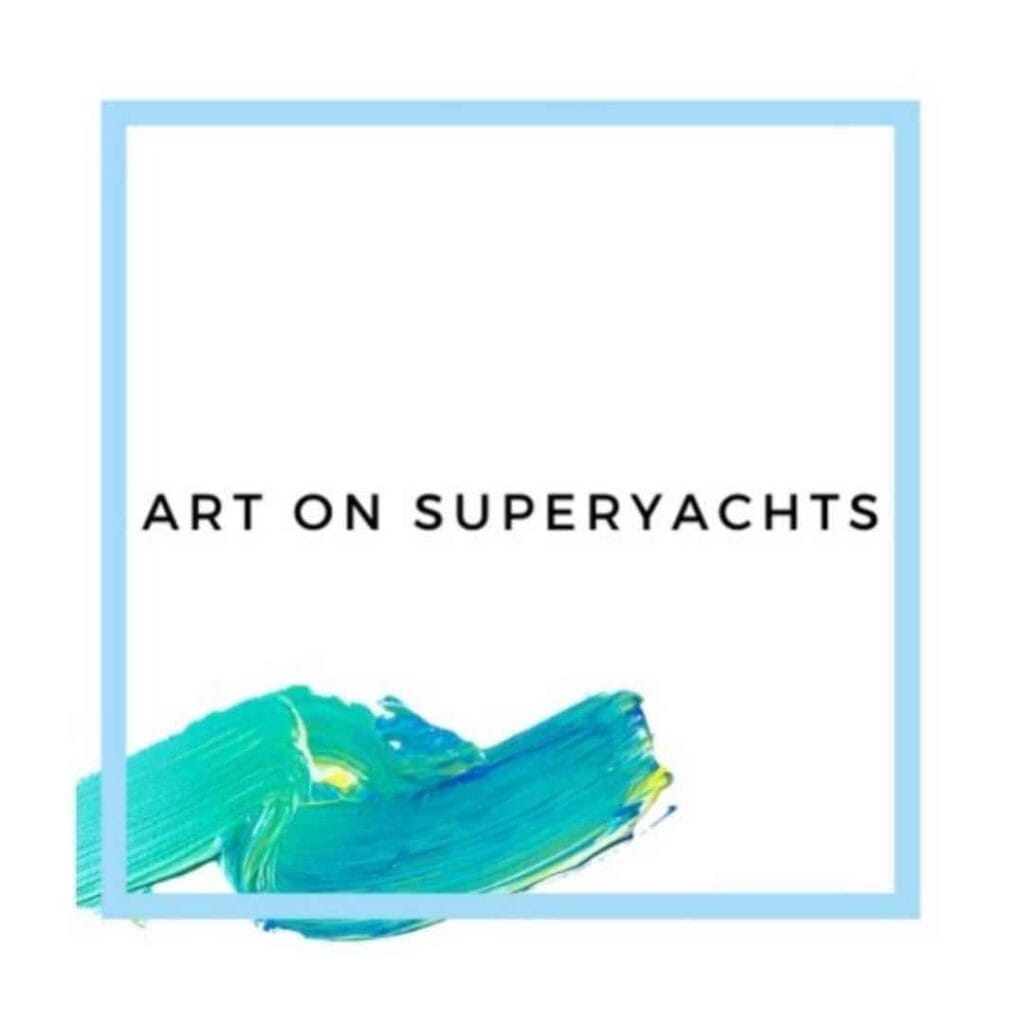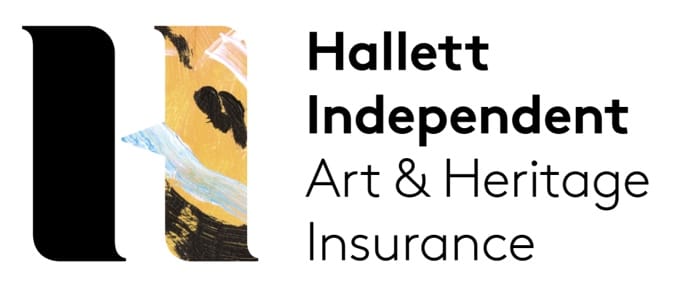On 25 June 2025, Alinea Customs in partnership with Art on Superyachts hosted a seminar and panel discussion on the EU Cultural Goods Act 2019/880. The event was sponsored by Hallett Independent Fine Art & Heritage Insurance and Axa XL. The venue was The Lansdowne Club, situated in Mayfair, London.
The event was moderated by Adam Prideaux, Director of Hallett Independent. The guest presenters and panel speakers were Pandora Mather-Lees, Director, Art on Superyachts, Holly Piggott, Director, Alinea Customs, and Chris Bentley, Head of Fine Art and Specie at Axa XL.



© Oliver Goodrich
Scope of the The EU Cultural Goods Act
The EU Cultural Goods Act 2019/880 and Commission Implementing regulation 2021/1079 requires any individual or company moving consignments covered by the scope of the legislation – which is applicable to cultural goods discovered outside of the territory of the European Union, to apply for an import licence or an importer statement, using the Import of Cultural Goods (ICG) single trade window that sits on TRACES NT, from 28 June 2025.
The regulation is divided into three parts. Part A covers the export of goods that were illegally exported from their country of creation or discovery at the time of export. There is a derogation to this rule, namely, if the cultural goods were exported from their country of interest prior to 24 April 1972, or if the country of export is not determinable, then evidence that the cultural goods were legally exported from the country in which they have resided for the most recent five years may be presented.
Part B outlines a requirement to apply for an import licence for archaeological objects or parts of monuments at least 250 years old. An import licence is required regardless of the value of these objects.
For cultural goods listed in Part C of the Annex (such as zoological or botanical collections, coins, ethnographic objects, paintings, sculptures, manuscripts and books) that are older than 200 years and have a value above €18,000, an importer statement must be submitted by the importer to customs. The importer statement will consist of a declaration that the goods have been lawfully exported from the non-EU country and a standardised document describing the relevant cultural goods.
The seminar provided insight into the historical context of the regulations, the applicable scope, the EU’s digital window for cultural goods, and outlined the practical steps that must be taken to ensure compliance.


© Oliver Goodrich
The introduction of these laws presents a significant risk for those responsible for art collections, as customs officers will have the authority to seize objects depending on their perceived status. Additionally, if non-compliance is identified, civil and criminal penalties may apply according to the EU member state’s national legislation. The prevention of illicit trafficking of excavated archaeological artefacts is already established in many countries, in accordance with the UNESCO 1970 Convention on the Means of Prohibiting and Preventing the Illicit Import, Export and Transfer of Ownership of Cultural Property. However, from 28 June 2025, the criteria for classifying objects under this regulation has been expanded, placing greater responsibilities on exporters.
The Import of Cultural Goods (ICG) System
The implementation of the ICG window affects those trading in and working with artefacts such as collectors, auction houses, art galleries, auction houses, insurance brokers and family offices.
The Import of Cultural Goods (ICG) System is a digital system designed to facilitate the import of cultural goods into the European Union (EU).
The European Commission have released a manual available below, outlining step by step guidance on the use of the ICG digital window, which is hosted on the TRACES system.
Summary of the discussion
- Valuation: Cultural goods, books, and antiques which are over 200 years old, and valued above 18,000 EUR created or discovered in countries external to the European Union are covered by the scope of the legislation.
- Application: When exporting cultural goods covered by Part B to the European Union it would be advisable to advise the importer to apply for an import licence 3 – 4 months in advance of the event.
- No transition period: Traders in cultural goods covered by Part B, such as auction houses and galleries should make arrangements for warehousing and storage of goods sold or intended to be sold into the market of the European Union during this period. There is a three-month license application window.
- UK traders should make arrangements with their EU counterparts to register on the ICG system.
- Insurance. Any seizures or penalties due to non-compliance will fall beyond the scope of what may be covered by a fine art insurance.
- Designated border control post: potential variations between member states regarding the point of entrance e.g. Belgium will have designated entry points for cultural goods. The list of customs offices competent to handle the import of cultural goods that are within the scope of Regulation (EU) 2019/880 (in case a Member State decided to limit the number of these customs offices) has been published in the Official Journal of the European Union : eur-lex.europa.eu/legal-content/EN/TXT/?uri=CELEX%3A52025XC03358&qid=1751275658564
- Registration on TRACES NT system – the ICG can only be used by entities with an establishment in the European Union. Consider the implications for temporary admission for fairs such as TEFAF Maastricht.
- Indirect representation: traders may appoint a representative who is established in the EU and who would act as ‘holder of the goods’ on the ICG system.
- ATA Carnet – the valid ICG application of an import licence or importer statement must be referenced when using an ATA carnet. The reference to the import licence or the importer statement is made in Box 3 (export) or 4 (import) of the ATA Carnet, called ‘other remarks/autres mentions’.
- Training: It is highly recommended that art galleries, art dealers, arts organisations, auction houses, family offices and art market professionals undertake specialist training, in the EU Cultural Goods Act 2019/880 so that they are prepared. Reserve training using the following link: Training in Moving Cultural Goods into the European Union.


© Oliver Goodrich
UK–France Cultural Goods Movements – Alinea Customs & Art Services (BBL Groupe)
Alinea Customs has established a partnership with Art Services, part of the BBL Groupe in France, to provide seamless, end-to-end customs clearance for cultural goods moving between the United Kingdom and France.
In many cases, movements will require a transit declaration to be raised from the customs office of departure in the UK to Art Services’ customs office in Paris.
Art Services also offers access to a free port and bonded storage facility in Paris, where clients can arrange private viewings of works under customs supervision.
Alinea Customs White Paper – EU Cultural Goods Regulation (EU) 2019/880
Alinea Customs will be releasing a White Paper at the end of July, providing an in-depth analysis of the EU Regulation on the Import of Cultural Goods (2019/880). The paper will explore the background and objectives of the legislation, as well as the practical steps required to ensure compliance.
To receive a copy directly to your inbox upon release, please email: holly@alineacustoms.com.
Alinea Customs and Art on Superyachts Certified Training Course
Alinea Customs, in partnership with Art on Superyachts, offers a certified intensive training course on importing cultural goods into the EU that fall within the scope of Regulations 2019/880 and 2021/1079.
· Course Details: Training for the Cultural Goods Act 2019/880 & 2021/1079
· Register Your Interest: Course Registration Form
Customs Advice
For guidance on customs clearance, moving cultural goods into the European Union, and how EU Regulation 2019/880 may affect your business, please contact: customs@alineacustoms.com.
With thanks to event partners:




